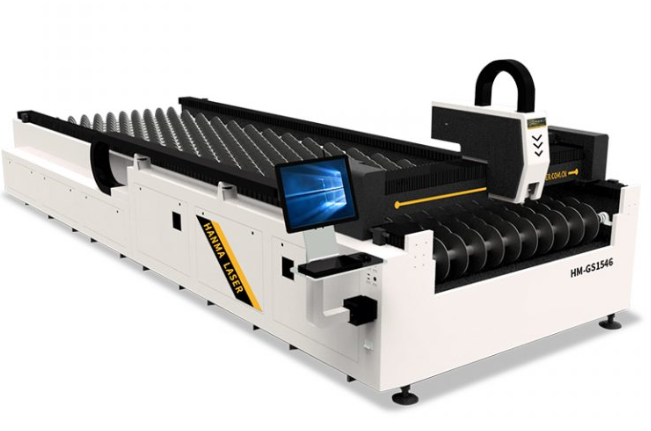Metal Coil Laser Cutting Principle
The Metal coil laser cutting principle involves cutting metal using the laser energy. This method of cutting metal is versatile, modular and efficient. This method can be used to cut different kinds of metal, including aluminum, copper, stainless steel, brass, and other materials. There are some disadvantages of using this method of cutting.
High power consumption
Laser cutting metal coils requires a lot of power. This is due to the fact that the pieces must be shaped precisely to fit the machine. A laser cutting machine can only cut one piece at a time and will not cut the whole coil at once. This is an advantage as it reduces the amount of power used in the process.
Using a nitrogen assist gas during laser cutting of metal coils is a good option to reduce the power consumption. This type of gas will increase the speed of the laser cutting process, and will also help to make the parts of better quality. However, this gas is not a good choice for thicker materials because the nitrogen can make the cutting process more difficult. Besides, the use of nitrogen will also add to the costs of handling and secondary processes.
Toxic fumes
Laser cutting and plasma cutting processes produce toxic fumes containing various metals and compounds. As metals are heated to high temperatures, the fumes become oxidized, and the resulting compounds are harmful when inhaled. Different metals have specific health risks. For example, chromium, a metal commonly used to improve the corrosion resistance of steel alloys, is highly toxic. It can accumulate in the human body and lead to serious health risks, including heart attack and stroke.
To minimize the risk of inhaling toxic fumes from laser cutting, use proper ventilation. Use a fume hood fitted with a proper ventilation system. A good fume hood will include the appropriate ventilation system with a sufficient air flow. You should choose the right sized fan based on the size of your door and the air velocity through which the fumes are generated.

Modular design
The modular design concept in the metal coil laser cutting process allows future upgrades and alterations. The laser cutting principle involves directing the laser light from the laser source 14 to a deflecting means 15 that deflects it by 90 degrees to a cutting head 16. The cutting head can be a laser deflection unit (LDE) or it can be a cutting head with a rotating axis that moves in a spiral.
The output beam of a fiber laser is a high-precision, high-power, and low-cost material cutting device. This type of laser cuts sheet metal in a very safe and accurate manner. Its flexibility and high precision make it an indispensable tool for machinists and designers of intricate parts.
Adaptability to different materials
Laser cutting is a process where the laser beam emits high-energy particles that cause a rapid change in a material’s state. The laser’s high energy levels cause a chemical reaction that causes a material’s surface to rise in temperature and transform into a gas. The gas then vaporizes rapidly and causes an incision in the material.
Laser cutting systems often include multiple cutting heads. This modular design enables them to be configured with one, two or three laser heads in a row. This allows for the distribution of workload, which increases productivity rates. The different heads have separate control systems. They also have different settings, allowing for the calculation of productivity rates and preparation of blank nesting offline.
Cost
The cost of metal coil laser cutting depends on the type of material used and the processing it requires. It also depends on the shop floor equipment, which is needed to cut the coil material to length. For instance, a 20,000-lb. steel coil, 60 inches wide, will yield 270 sheets of five-ft.-by-10-foot material.
In the past, cutting metal coils by hand was time-consuming and expensive. Today, though, the use of metal coil laser cutting machines has lowered costs and increased productivity. With these machines, metal coils can be cut without the need for periodic loading or uncoiling. Another benefit of using these machines is the reduction of labor costs and maintenance.
As a result of the decreased labor and material costs, metal coil laser cutting is a great choice for businesses of all sizes. This process can reduce your manufacturing costs by up to 15%. This method can also be automated, which reduces your operational costs and enables one person to handle the entire process. A second advantage of processing metal coils directly from the coil is storage space. In contrast, when processing sheet material, it needs to be stored on a tower system or on pallets in the floor.




